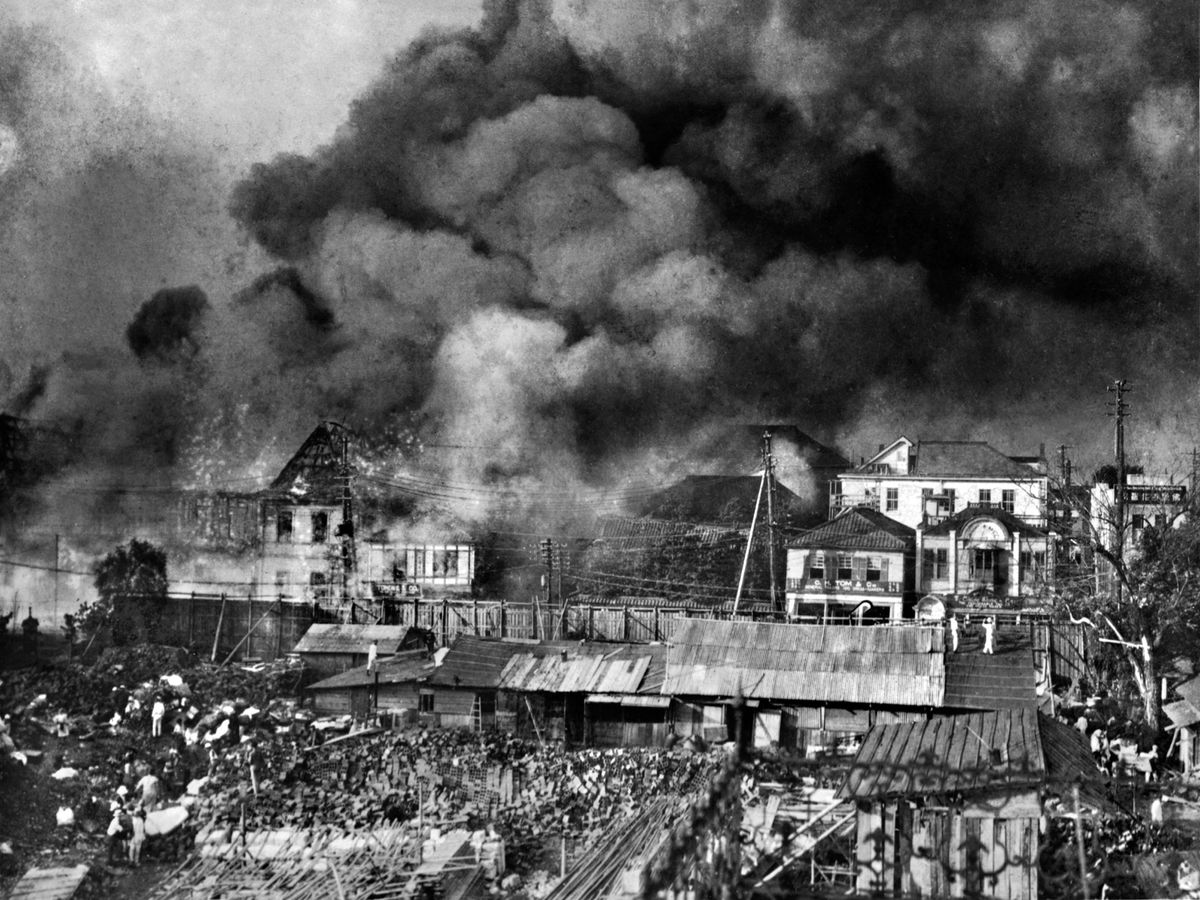At 11:58 am on Saturday, 1 September 1923, the Kanto region of Japan started to shake. The earthquake began with a violent horizontal back-and-forth motion, followed by two vertical jolts, and then another horizontal shock even stronger than the first. The intensity of the tremor damaged the seismometer that took the reading below, interrupting the waveform in the north–south direction. The earthquake went on for somewhere between 4 and 10 minutes.
What made the Great Kanto Earthquake so destructive?
For the next several hours, seismological stations around the world recorded violent aftershocks, and over the next 10 days, they continued to record more than 1,000 aftershocks strong enough to be felt by humans. The initial destruction in the population centers of Tokyo, Yokohama, and Kawasaki included buckled roads and collapsed walls, chimneys, and smokestacks. But it paled in comparison to the destruction about to be unleashed.
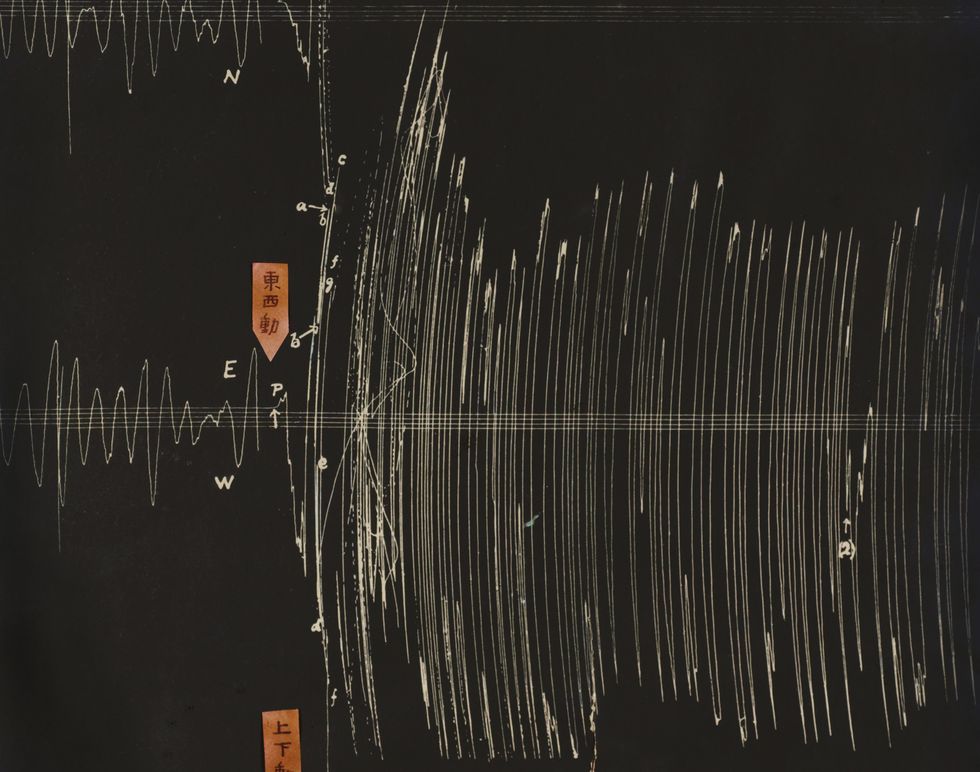
The estimated 7.9-magnitude earthquake struck just as families were preparing their midday meals, many over charcoal fires and open flames. The violent vertical thrusts of the quake ruptured gas lines and water mains. More than 130 major fires broke out, with little ability to suppress them. In Tokyo, the fires merged into a firestorm so intense that it created its own wind system and set alight the city’s many wooden buildings. Survivors rushed to seek safety. Bridges became choke points, and as those made of wood caught fire, people were trapped.
In one of the most horrific incidents, about 38,000 people sought refuge at a former clothing depot of the Japanese Imperial Army. Around 4:00 pm, the structure was engulfed by a 90-meter-tall fire whirl, an intense vortex of superheated air and flame. Only 300 people survived. In the aftermath of the destruction, the 6.7-hectare site became a makeshift collection point for the identification and cremation of the city’s dead.
Tokyo burned for two days. In the end, more than 140,000 people perished.
A brief history of seismography
Japan is no stranger to seismic disaster. The island nation sits along the Pacific Ring of Fire, a geologically unstable belt where several of the Earth’s tectonic plates converge. The ring is known for volcanic eruptions, earthquakes, and tsunamis. The Japan Trench, which runs north to south along the coast of the country, was created over millennia by the Pacific tectonic plate subducting (or bending) beneath the North American-Okhotsk plate at the rate of 2 to 12 centimeters per year. Subduction along this plate triggered the 9.0-magnitude Tōhoku earthquake and tsunami of 11 March 2011, setting off the meltdown at the Fukushima nuclear power plant. It was the most powerful earthquake to hit Japan since modern seismography began.
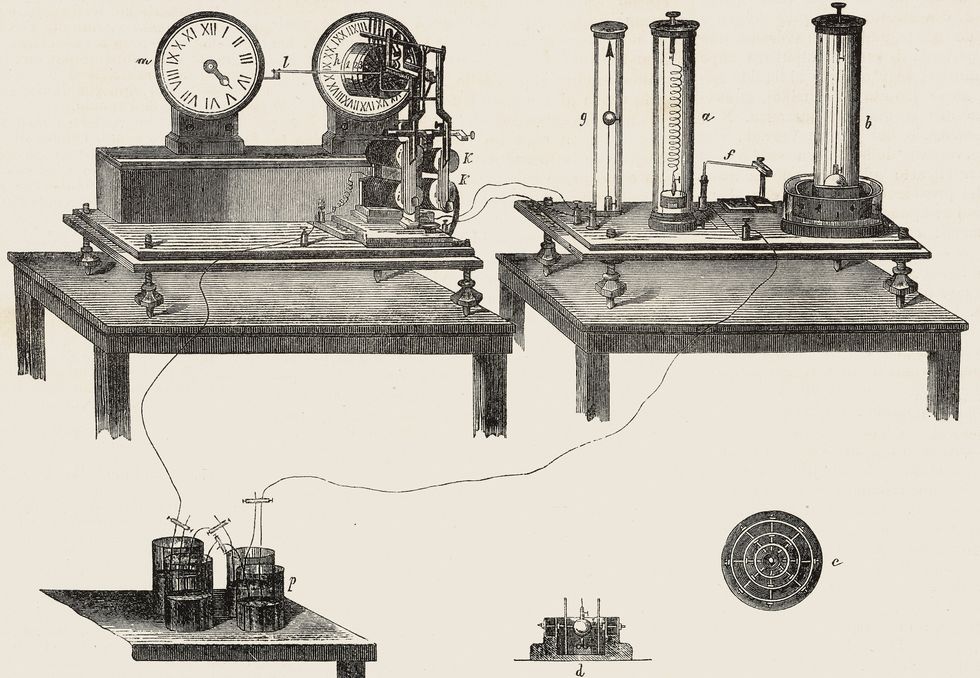
The detection of earthquakes has a long history. In China, records of earthquakes have been kept since at least 780 BCE. During the Han Dynasty, it became the duty of the Astronomical Bureau to record them.
In the second century CE, the Chinese scientist Zhang Heng developed an “earthquake weathercock.” This early seismoscope detected the movement of the ground but captured no record of time, duration, or strength. No physical example or illustration of the device survives, but according to descriptions, it was bronze and cylindrical in shape, similar to an urn. Eight dragon heads were mounted on the outside, each holding a ball in its teeth, and eight corresponding toads ringed the base. When an earthquake struck, the dragon would release its ball, which dropped into the gaping mouth of the toad, indicating the compass direction of the quake. Most people believe a pendulum triggered the mechanism that released the ball.
It took a millennium and a half before a scientist on the other side of the world, in another earthquake-prone region, made a significant advance in seismography. In 1855, Italian physicist Luigi Palmieri created the first electromagnetic device that recorded the time of an earthquake and its movement. Palmieri’s seismograph consisted of U-shaped tubes filled with mercury. When the ground shook, the mercury would close an electrical circuit and stop an attached clock. His device is on display at the Museum of the Royal Vesuvius Observatory, in Naples.
 The seismological station at Oxford, England, was one of many that confirmed the timing and severity of the Great Kanto earthquake. SSPL/Getty Images
The seismological station at Oxford, England, was one of many that confirmed the timing and severity of the Great Kanto earthquake. SSPL/Getty ImagesOver the next few decades, many scientists worked on earthquake detectors, and it’s hard to sort out who actually invented the first modern seismograph, one that could reliably record the ground’s movement over time. Italian physicist Filippo Cecchi has one claim. In 1875 he invented a device that recorded the relative motion of pendulums with respect to the ground as a function of time. A recording surface tracked the ground motion in increments of 1 cm per second. His device was not particularly sensitive.
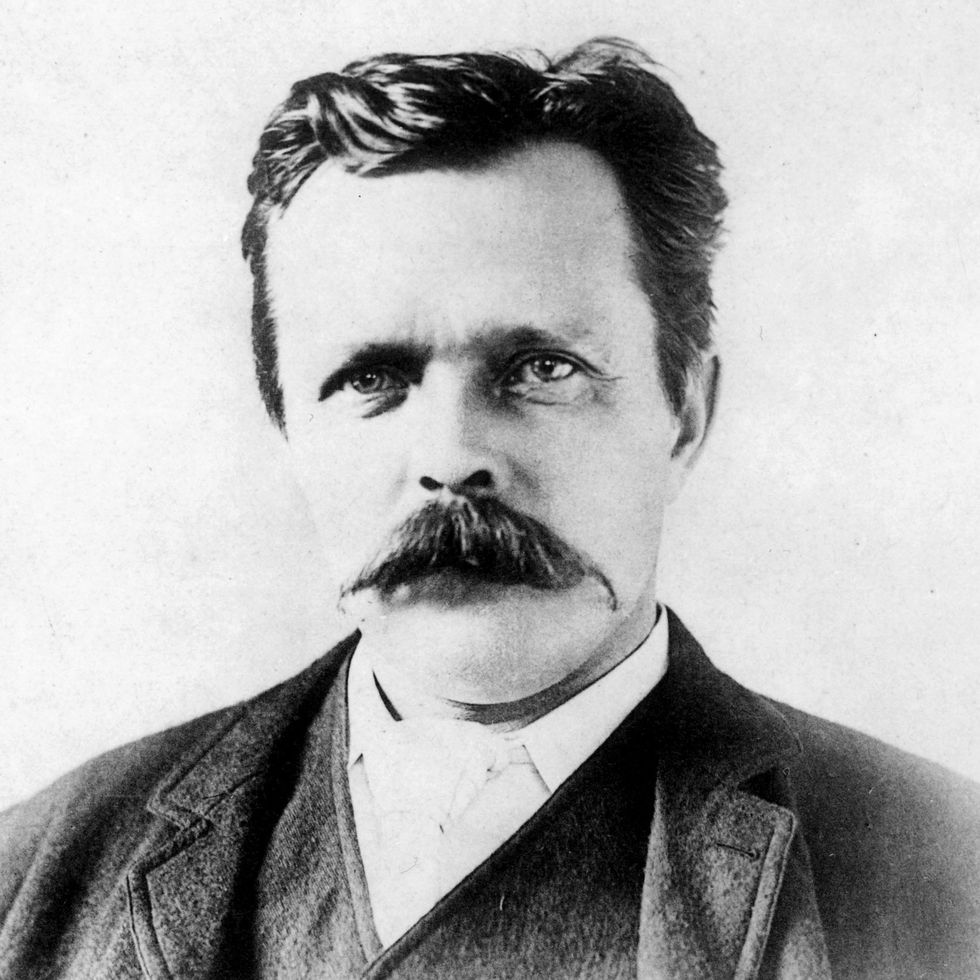
The British geologist John Milne studied earthquakes in Japan starting in the 1870s and later advocated for the establishment of a worldwide network of seismological stations.
SSPL/Getty Images
Meanwhile, the honor of recording the first seismogram went to a group of British and Scottish engineers working in Japan. On 22 February 1880, John Milne, James Ewing, and Thomas Gray, recorded a minor earthquake in Yokohama. Their detector traced the earthquake’s motion on a soot-covered rotating glass pane. After the earthquake, they set up the Seismological Society of Japan. Members of the society worked to develop more precise instruments.
Seismology moved from a regional study to global science when on 17 April 1889, the German scientist Ernst von Rebeur-Paschwitz recorded an earthquake using two separate devices, one in Potsdam and the other 400 kilometers away, in Wilhelmshaven, near the North Sea. It wasn’t until Rebeur-Paschwitz read a report in the 13 June 1889 issue of Nature about an earthquake hitting Tokyo on 18 April that he recognized the link to his dual readings. Based on the timing of the earthquake in Tokyo and the difference in longitude, Rebeur-Paschwitz calculated that his instruments recorded the shock wave through the Earth just over an hour after it struck Tokyo. His results, including images of his seismograms, were published as a letter to the editor in the 25 July 1889 issue of Nature.
At the 1895 International Geographical Congress, Rebeur-Paschwitz proposed setting up a worldwide network of seismological stations. Although he died later that year, John Milne took up the cause when he returned to England from Japan. That network registered the massive Kanto earthquake in 1923 and first alerted the international community of the need to send aid.
What is the legacy of the Great Kanto Earthquake?
And so, over the last century and a half, seismographs have moved from pendulum-driven devices to optical mirror devices to the modern standard of an electromagnetic device. Earthquake-prone areas have invested heavily in making their buildings and infrastructure as earthquake-resilient as possible. A few places, such as Japan, have also deployed automated early-warning systems, to give at least a few minutes’ notice of impending quakes, as IEEE Spectrum’s Jean Kumagai has reported.
One of the simpler technological responses to the Great Kanto Earthquake was the invention of the seismic gas shutoff valve, or SGSV. This mechanical device automatically closes natural gas lines when a significant earthquake strikes. It has to be manually reset after water mains and gas lines have been checked and, if necessary, repaired. Modern building codes in earthquake-prone regions in Japan, the United States, Italy, and elsewhere often require SGSVs, although various constituents have fought against the mandate. The twin earthquakes that struck Turkey and Syria on 6 February this year show the physical devastation and accompanying death toll that can occur when building codes are ignored and not enforced.
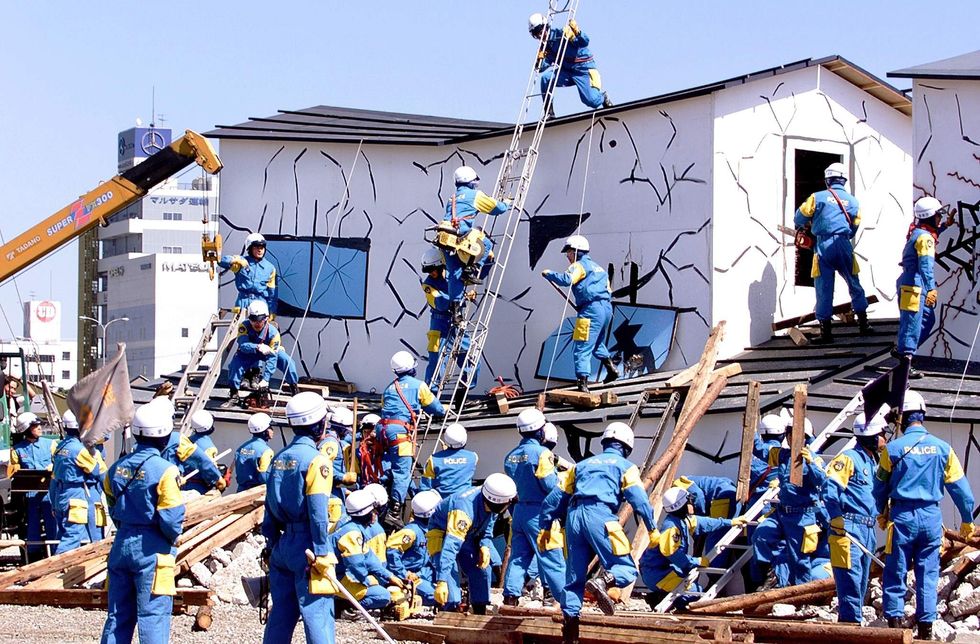
On 1 September, the Japanese government conducts earthquake preparedness drills, like this one in Tokyo, as part of its commemoration of the Great Kanto earthquake.
Kazuhiro Nogi/AFP/ Getty Images
Cultural memorials are another way society responds to earthquake disasters. In 1931, the government of Tokyo opened the Earthquake Memorial Hall and Earthquake Reconstruction Memorial Museum in Yokoamicho Park. The memorial hall holds the cremated remains of more than 58,000 people who died in the Great Kanto earthquake. The museum, meanwhile, houses hundreds of artifacts marking the moment of destruction, such as mangled office equipment melted in the fires, as well as photographs and artwork documenting the event, including the seismograph at top.
In 1951, the memorial hall and the museum were renamed the Tokyo Metropolitan Reconstruction Memorial Hall and the Tokyo Reconstruction Memorial Museum, and their missions expanded to memorialize the victims of World War II bombing raids. This unique museum focuses on the destructive fires that twice destroyed Japan’s capital and the urban redevelopment that resulted.
Since 1960, the Japanese government has designated 1 September as Disaster Prevention Day to mourn those lost in natural disasters, celebrate first responders, and conduct drills for earthquakes, tsunamis, and typhoons.
Part of a continuing serieslooking at historical artifacts that embrace the boundless potential of technology.
An abridged version of this article appears in the September 2023 print issue as “The Earthquake That Was Too Big to Measure.”
References
I began my research for this piece by reading J. Charles Schencking’s The Great Kanto Earthquake and the Chimera of National Reconstruction in Japan (Columbia University Press, 2013), which includes detailed first-person accounts of the 1923 earthquake, fire, and rebuilding.
For a visual understanding of the scale of the disaster, I recommend Gennifer Weisenfield’s Imaging Disaster: Tokyo and the Visual Culture of Japan’s Great Earthquake of 1923 (University of California Press, 2012).
For the more technical aspects and the development of seismic engineering, I consulted Robert K. Reitherman’s Earthquakes and Engineers: An International History (ASCE Press, 2012).
Allison Marsh is a professor at the University of South Carolina and codirector of the university's Ann Johnson Institute for Science, Technology & Society. She combines her interests in engineering, history, and museum objects to write the Past Forward column, which tells the story of technology through historical artifacts.
